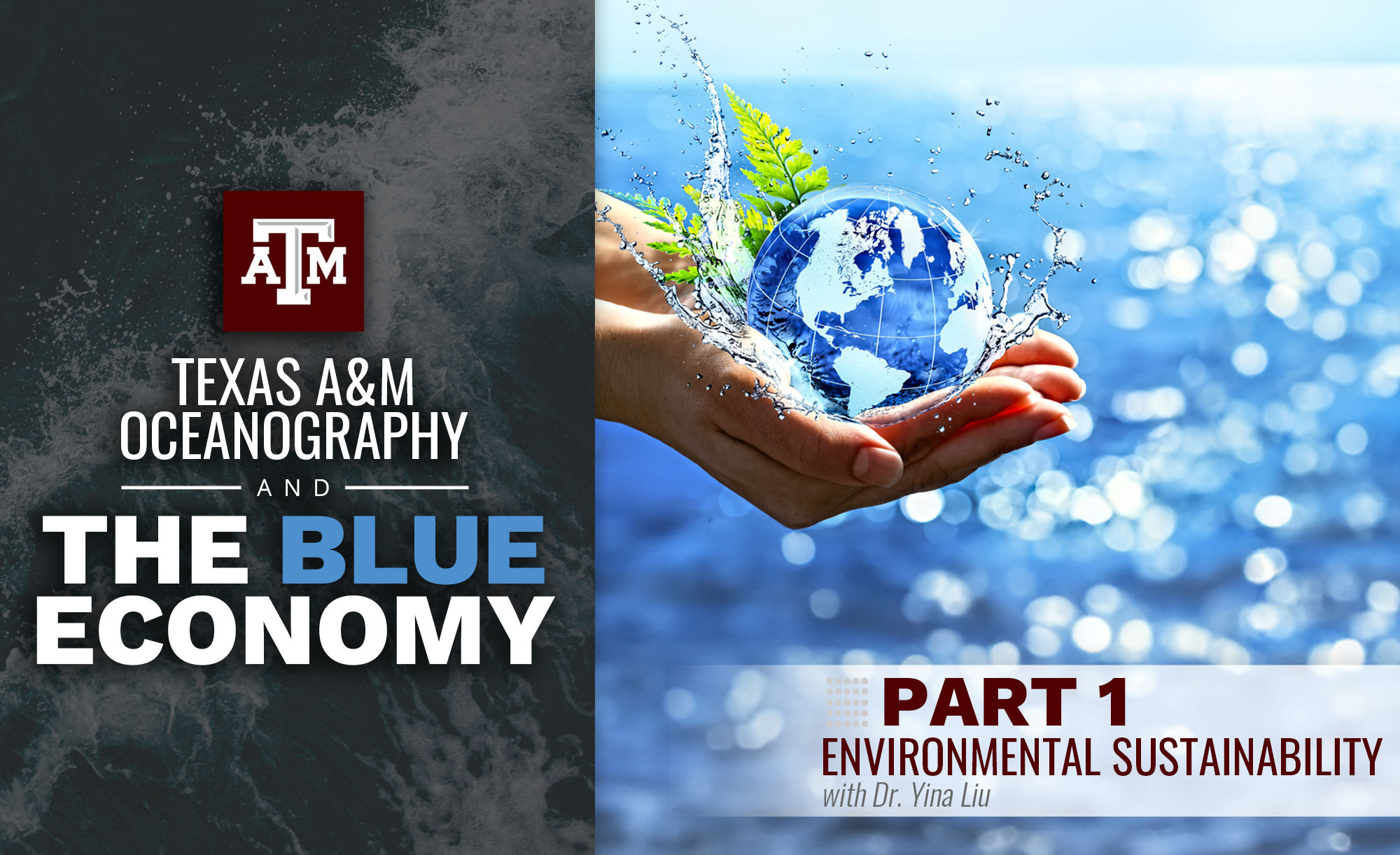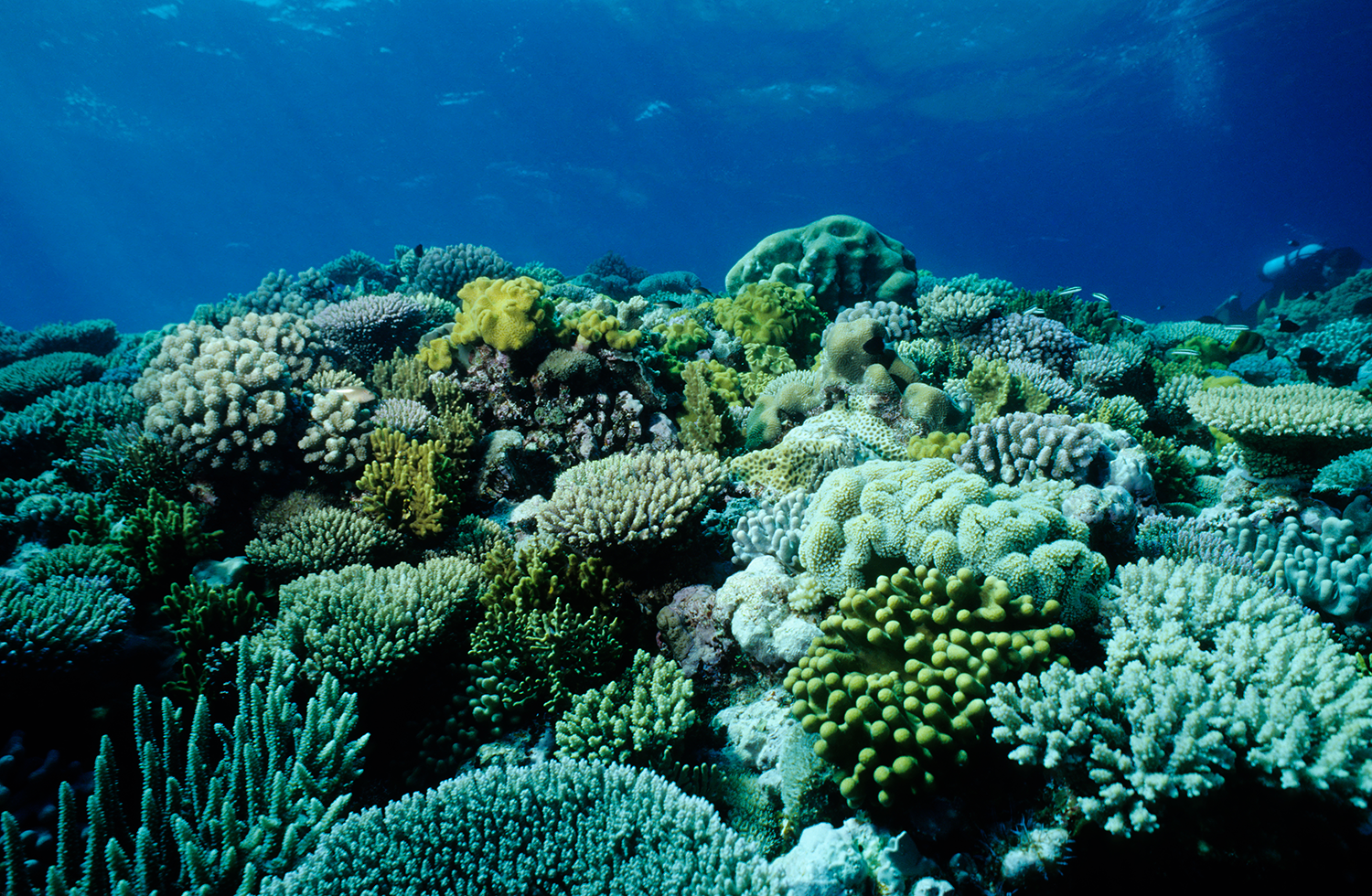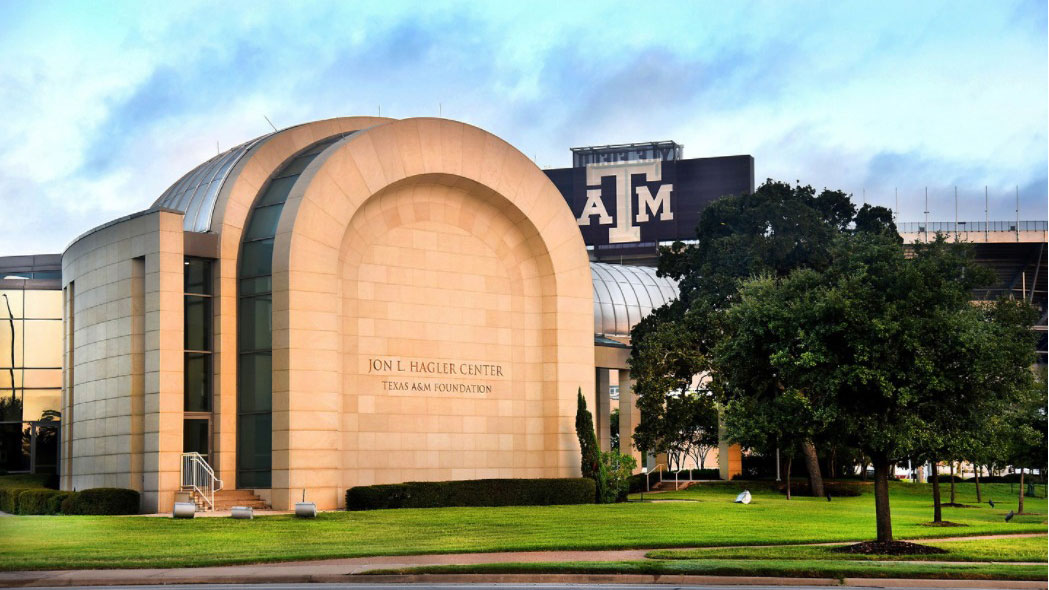
Texas A&M Oceanography & the Blue Economy
|
Welcome to Texas A&M Oceanography and the Blue Economy — a three-part series diving into the forward-thinking work of Aggie scientists who are charting the course for a smarter, more sustainable ocean future. From harnessing the power of the sea to protecting our coasts and conserving vital ecosystems, Texas A&M’s Department of Oceanography is helping lead a new wave of innovation, education and discovery. As one of the nation’s only land-, sea- and space-grant institutions, our researchers aren’t just studying the ocean — they’re shaping its future.
So, what is the Blue Economy? A simple definition is using ocean science to build jobs, protect the environment and support the many ways people and industries rely on a healthy ocean. This three-part series highlights how Aggie researchers in the Department of Oceanography at Texas A&M University are fueling the Blue Economy through science that drives real-world impact. Part 1 explores oceanography and environmental sustainability with Dr. Yina Liu, assistant professor in the Texas A&M Department of Oceanography and analytical chemistry research and development team lead at the Geochemical and Environmental Research Group. Her work focuses on tracking marine pollution and understanding how contaminants move through ocean systems. Her research helps protect coastal communities, ecosystems and the health of our oceans — one sample at a time.
Q: The Blue Economy focuses on using ocean resources for economic growth while protecting marine ecosystems. How does marine pollution threaten this balance?
A: Many ocean-based industries release substances—such as excess nutrients—that can contaminate seawater. These contaminants disrupt marine ecosystems at various levels, making it harder to use ocean resources in a sustainable way. However, these releases can often be avoided with the right knowledge and practices. That’s why education is key. In fact, Texas A&M Oceanography offers a course, OCNG 355 – The Blue Frontier: Harnessing Ocean Resources for Future Sustainability, which explores the connection between the ocean and the economy and how we can protect both.
Q: What research at Texas A&M is helping track and reduce ocean pollution, such as plastics and chemical contaminants?
A: Several faculty members, including myself, are working to understand how chemical contaminants are distributed in both coastal and open-ocean environments. Knowing where contaminants are and how concentrated they are is critical—especially during events like oil spills or hurricanes. Without baseline data, it’s hard to gauge the impact of these disasters on marine ecosystems. Our research helps determine what levels of contaminants are environmentally relevant for ecotoxicity studies. We also collaborate with experts in the Departments of Chemistry and Civil Engineering to develop water treatment strategies that reduce pollution at the source.

Q: How are Texas A&M students contributing to ocean sustainability through hands-on research and fieldwork?
A: We involve undergraduate students in high-impact learning experiences through research programs like OCNG 491, senior theses, student worker opportunities and REU (Research Experiences for Undergraduates). Many students conduct fieldwork alongside faculty, contributing directly to our understanding of contaminants in the ocean.
Q: How does Texas A&M’s research on marine pollutants help shape policies or industry practices for a cleaner ocean?
A: Understanding background concentrations of contaminants and how they change during extreme events—like hurricanes—is essential for risk assessment. For example, do certain storms increase pollution levels? If so, by how much and for how long do those contaminants remain in the environment? While individual projects may not directly change policy, they provide the foundational data needed to inform regulations and guide industry practices.
Q: What new discoveries or technologies from Texas A&M give you hope for a more sustainable Blue Economy?
A: Texas A&M offers a strong infrastructure and support for innovative research. The university also encourages cross-disciplinary collaboration, bringing together experts from different fields to tackle complex problems. One exciting area is the development of treatment technologies that reduce contaminants at the source—before they ever reach the ocean. These kinds of innovations are key to protecting marine environments and supporting a thriving Blue Economy.

